Berkeley engineers have created a new type of semiconductor laser that accomplishes an elusive goal in the field of optics: the ability to maintain a single mode of emitted light while maintaining the ability to scale up …
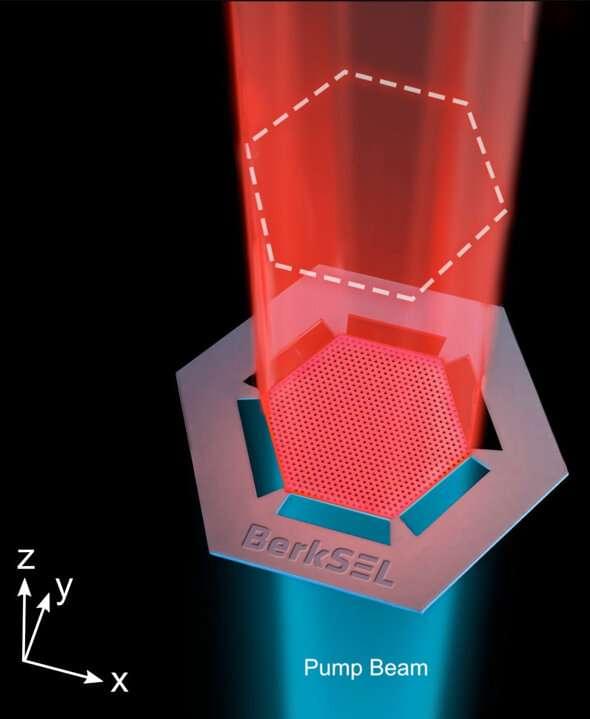

Space is a deep, dark, vast abyss that exists between the cosmos, separating them from each other. But is it truly as empty as we think it is? Or is the vacuum that spans everywhere hiding something from us? Something mysterious, and perhaps the most powerful source of energy?
Zero-point energy, also known as vacuum energy, has been touted as a potentially limitless and ubiquitous source of energy, if one could only find the means to harness it.
Welcome to Factnomenal and today we’re looking at the facts and demystifying the most mysterious energy in the universe.
Buy us a coffee to show your support!
https://www.buymeacoffee.com/Factnomenal.
DON’T CLICK THIS LINK: https://tinyurl.com/357shs3j.
Thanks for watching Factnomenal!

Aircrafts transport people, ship goods, and perform military operations, but the petroleum-based fuels that power them are in short supply. In research publishing on June 30 in the journal Joule, researchers at the Lawrence Berkeley Lab have found a way to generate an alternative jet fuel by harvesting an unusual carbon molecule produced by the metabolic process of bacteria commonly found in soil.
“In chemistry, everything that requires energy to make will release energy when it’s broken,” says lead author Pablo Cruz-Morales, a microbiologist at DTU Biosustain, part of the Technical University of Denmark. When petroleum jet fuel is ignited, it releases a tremendous amount of energy, and the scientists at the Keasling Lab at the Lawrence Berkeley Laboratory thought there must be a way to replicate this without waiting millions of years for new fossil fuels to form.
Jay Keasling, a chemical engineer at University of California, Berkeley, approached Cruz-Morales, who was a postdoc in his lab at the time, to see if he could synthesize a tricky molecule that has the potential to produce a lot of energy. “Keasling told me: it’s gonna be an explosive idea,” says Cruz-Morales.
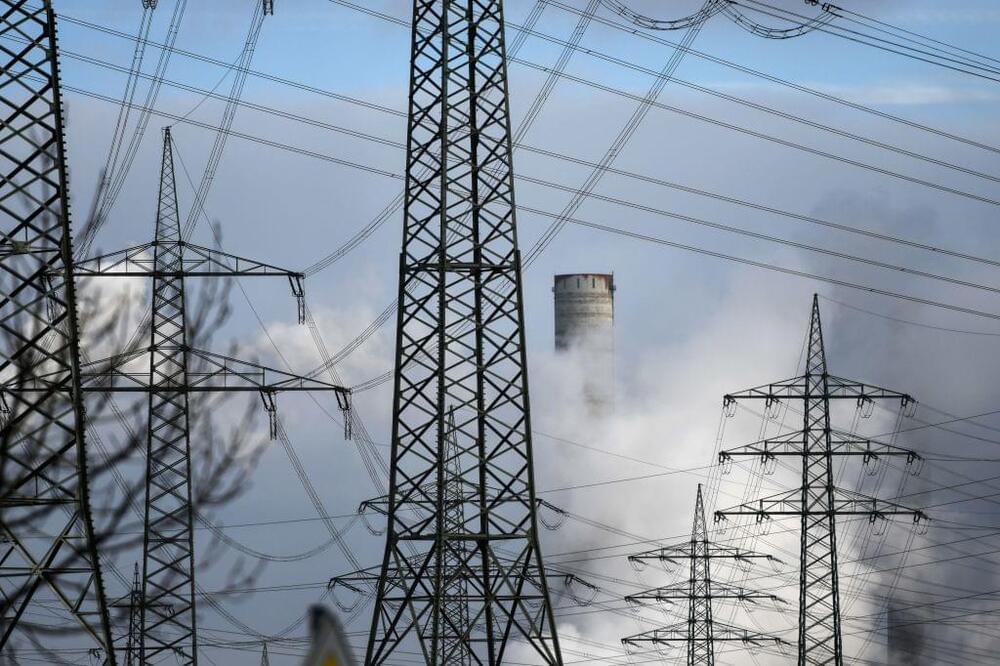
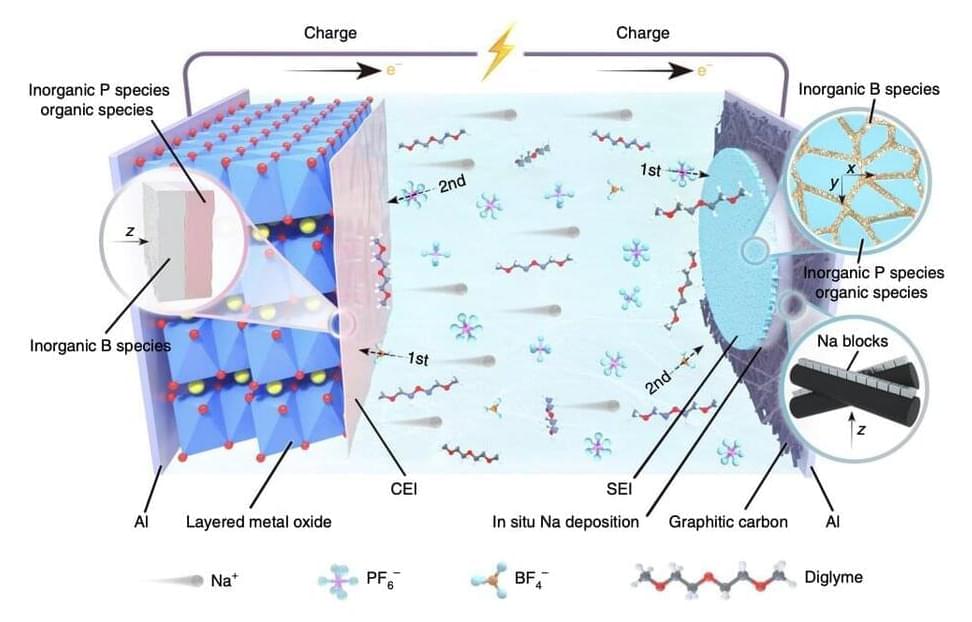
In recent years, engineers worldwide have been trying to devise new battery and energy storage technologies that are more sustainable and cost-effective. One of the solutions attracting particular interest is sodium-based battery technology.
Sodium-ion batteries could have numerous advantages over conventional and widely used lithium-based batteries. Most notably, as sodium is abundant on our planet and can be easily sourced, they could be affordable and easy to produce on a large-scale.
Despite their possible advantages, most sodium-ion batteries developed so far exhibited low energy densities, due to the relatively large atomic size of sodium and its considerable weight. Typically, these batteries exhibit energy densities below 160 Wh kg-1, which is significantly lower than that of lithium-ion batteries.
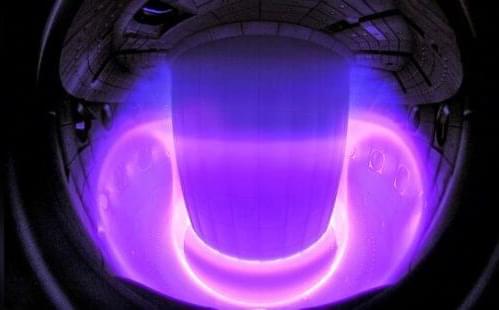

Eric KlienAdmin.
The U.S. government discouraging the opening of new mines is duplicating the problem that Europe had with energy and Russia. (It takes 10 years to get a new mine approved in the U.S.)
Omuterema AkhahendaAdmin.
I dunno if this rare earth is worth anything.
Astronomers spot signs of planets forming around dying stars.
Leading bipartisan moonshots for health, national security & functional government — senator joe lieberman, bipartisan commission on biodefense, no labels, and the centre for responsible leadership.
Senator Joe Lieberman, is senior counsel at the law firm of Kasowitz Benson Torres (https://www.kasowitz.com/people/joseph-i-lieberman) where he currently advises clients on a wide range of issues, including homeland and national security, defense, health, energy, environmental policy, intellectual property matters, as well as international expansion initiatives and business plans.
Prior to joining Kasowitz, Senator Lieberman, the Democratic Vice-Presidential nominee in 2000, served 24 years in the United States Senate where he helped shape legislation in virtually every major area of public policy, including national and homeland security, foreign policy, fiscal policy, environmental protection, human rights, health care, trade, energy, cyber security and taxes, as well as serving in many leadership roles including as chairman of the Committee on Homeland Security and Government Affairs.
Prior to being elected to the Senate, Senator Lieberman served as the Attorney General of the State of Connecticut for six years. He also served 10 years in the Connecticut State Senate, including three terms as majority leader.
In addition to practicing law, Senator Lieberman is honorary national founding chair of No Labels (https://www.nolabels.org/), an American political organization composed of Republicans, Democrats and Independents whose mission is to “usher in a new era of focused problem solving in American politics.”
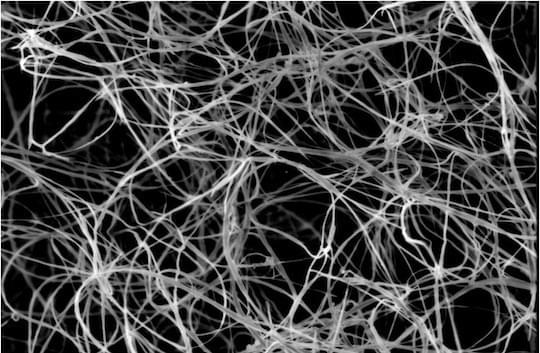
Researchers from Rice University claim that processing boron nitride nanotubes used to be challenging, but not anymore.
Professors Matteo Pasquali and Angel Martí, along with their team of researchers, have simplified the handling of the highly valuable nanotubes, making them more suited for use in large-scale applications including electronics, aerospace, and energy-efficient materials.
According to the study’s findings published in Nature Communications, boron nitride nanotubes, also known as BNNTs, can self-assemble into liquid crystals when exposed to certain circumstances, particularly concentrations of chlorosulfonic acid that are greater than 170 parts per million by weight.